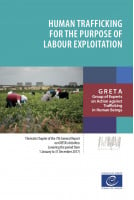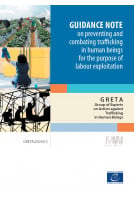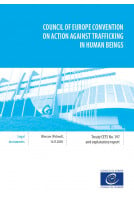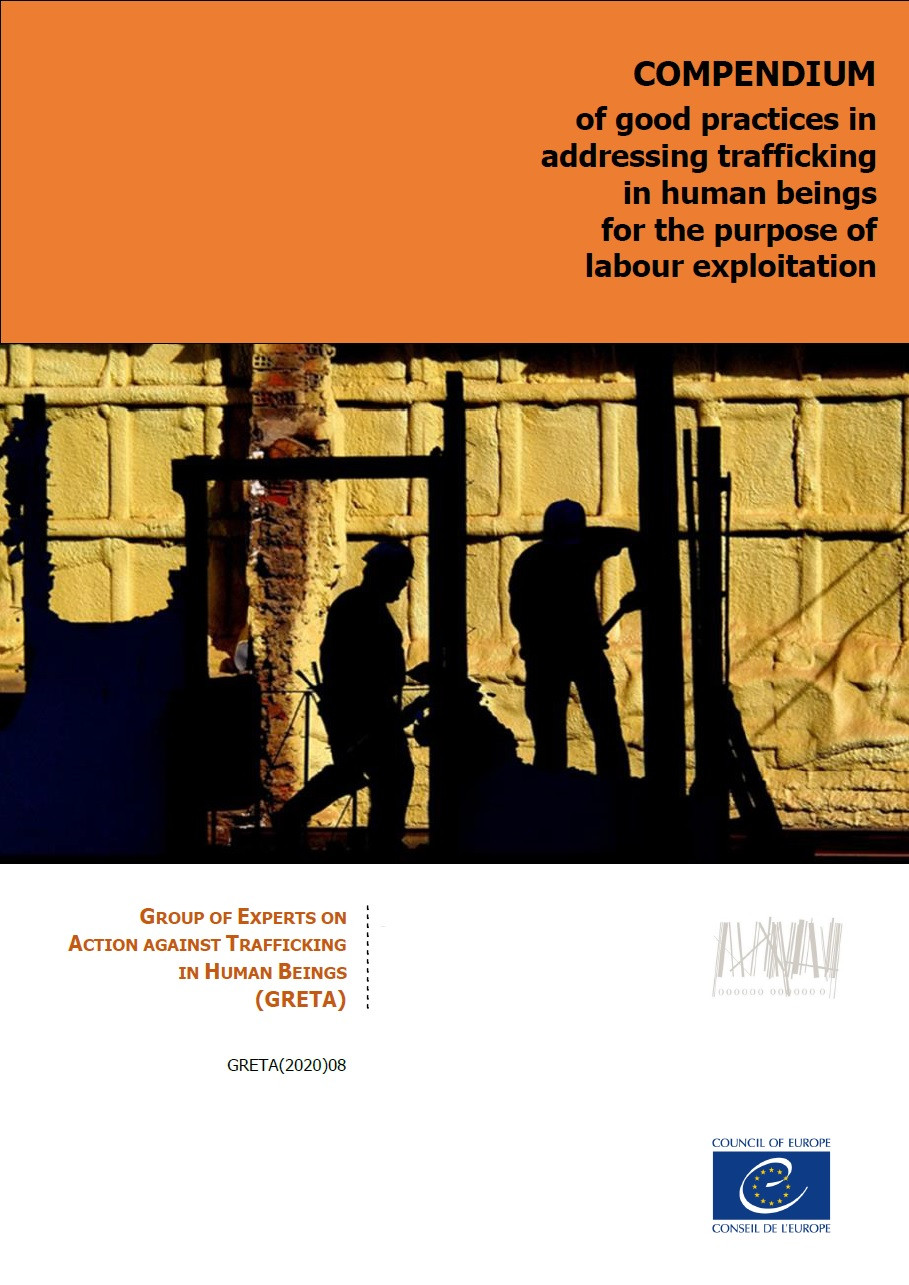A compendium of measures taken by States Parties to the Convention to combat trafficking in human beings
Trafficking in human beings for the purpose of labour exploitation is one of the most challenging aspects of “modern-day slavery”. It is challenging on many accounts: because differences arise in practice in the interpretation and application of labour standards and in defining labour exploitation, because victims prefer not to lodge complaints or stand as witnesses as they are often dependent on their traffickers for work and housing, and not least because combating trafficking for the purpose of labour exploitation requires co-ordinated action between the State, civil society, trade unions and the private sector.3 Awareness among institutions of the specificities of trafficking for the purpose of la-bour exploitation has for a long time been limited compared to the level of awareness about trafficking for the purpose of sexual exploitation. This clearly has implications with respect to the lack of proactive identification of situations of labour exploitation. The purpose of this compendium is to highlight the measures taken by States Parties to the Convention on Action against Trafficking in Human Beings to prevent and combat trafficking for the purpose of labour exploitation, and to provide food for thought and direction in their future efforts.
Introduction
Criminalisation of human trafficking for the purpose of labour exploitation
Policy and institutional framework
Mandate, resources and training of labour inspectorates to address human trafficking
Training on combating trafficking for labour exploitation
Enforcement of labour law standards in all sectors of the economy and over undocumented workers
Awareness raising
Targeted prevention for groups at risk
Measures to discourage demand, including through public-private partnerships
Identification of victims
Assistance to victims of trafficking for the purpose of labour exploitation
Compensation and other remedies
Criminal justice response
Corporate liability
Non-punishment provision
Data collection
Research
Concluding remarks












